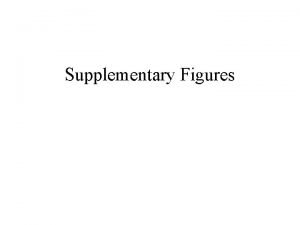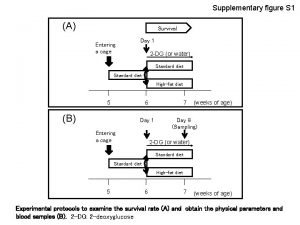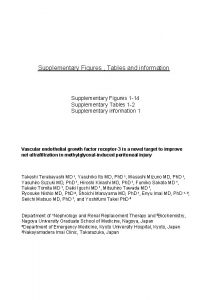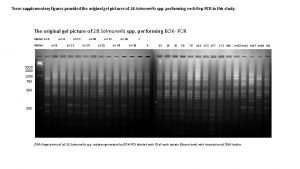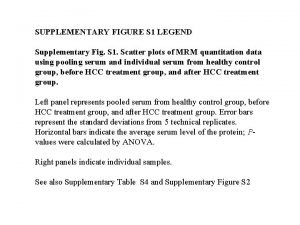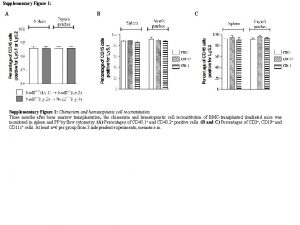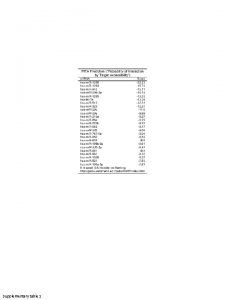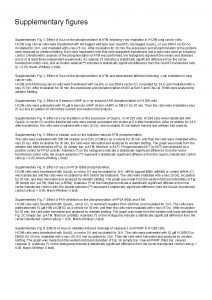Supplementary Figures Supplementary Figure 1 AD Principal coordinate









- Slides: 9

Supplementary Figures

Supplementary Figure 1 A-D. Principal coordinate analysis (PCo. A) plots comparing microbiota composition based on maternal BMI, glucose tolerance status, mode of delivery and ethnicity (weighted Uni. Frac distance metric). (A) (C) (B) (D)

Figure S 1 -E (E)

Supplementary Figure 2 A-D. Principal coordinate analysis (PCo. A) plots comparing microbiota composition based on maternal BMI, glucose tolerance status, mode of delivery and ethnicity Bray-Curtis dissimilarity metric). (A) (B) (C) (D)

Figure S 2 -E (E)

Supplementary Figure 3. Relative abundance of top 20 KEGG pathways across all mother’s milk samples.

Supplementary Figure 4. Significant association observed between KEGG pathway ‘Biosynthesis of secondary metabolites’ and BMI (obese sub-category)

Supplementary Figure 5. Principal coordinate analysis (PCo. A) plots (A) Weighted Uni. Frac distances comparing microbiota composition based on negative controls and milk samples (B) Bray Curtis dissimilarity comparing microbiota composition based on negative controls and milk samples (A) (B) R 2= 0. 07, p-value= 0. 0001 R 2= 0. 10, p-value= 0. 0001

Supplementary Figure 6. Consort Statement. Flow diagram of subject participation at each time point. Potential pregnancies followed annually at Mount Sinai hospital (n= >7, 000) Baseline visit completed (n= 216) Women who donated at least one milk sample (n= 170) Women who did not or could not provide a milk sample (n= 46) Women who where unable to donate a mature milk sample at 3 months post-partum (n= 35) Women who did not donate due to breastfeeding discontinuation (n= 14) Women who declined to provide a sample but continued breastfeeding (n= 4) Women who provided mature milk sample at 3 months post-partum (n= 117) Milk samples with inadequate volume (n= 4) Samples remaining for microbiota analyses (n= 113) Samples removed during rarefying and filtering (n= 4) Samples remaining after filtering and rarefying data (n= 109)
 Supplementary figure
Supplementary figure Supplementary figure 1
Supplementary figure 1 Supplementary figures
Supplementary figures Supplementary figures
Supplementary figures Coordinate bond in carbon monoxide
Coordinate bond in carbon monoxide Post coordinate indexing system example
Post coordinate indexing system example Practice 6-6 placing figures in the coordinate plane
Practice 6-6 placing figures in the coordinate plane How to find missing coordinates of an isosceles triangle
How to find missing coordinates of an isosceles triangle Supplementary figure 1
Supplementary figure 1 Are congruent figures similar
Are congruent figures similar
